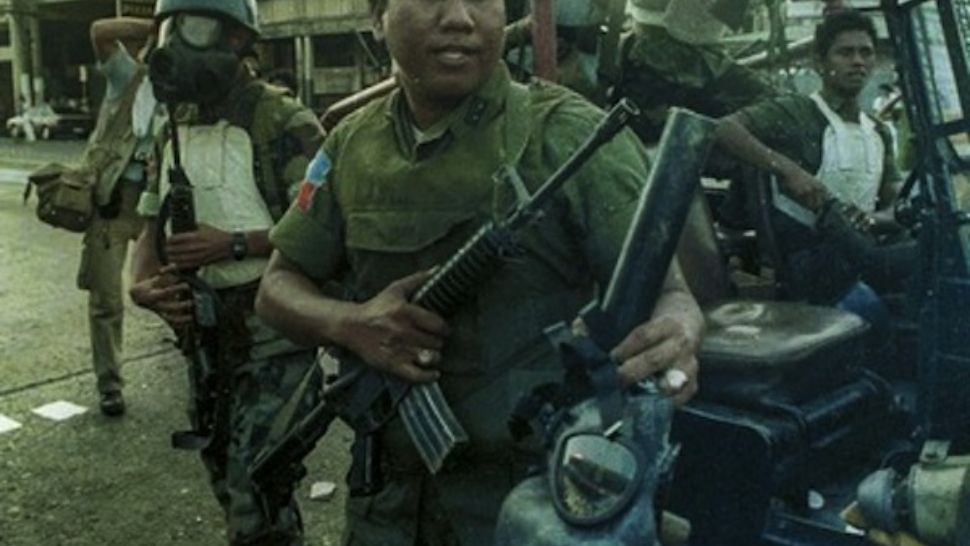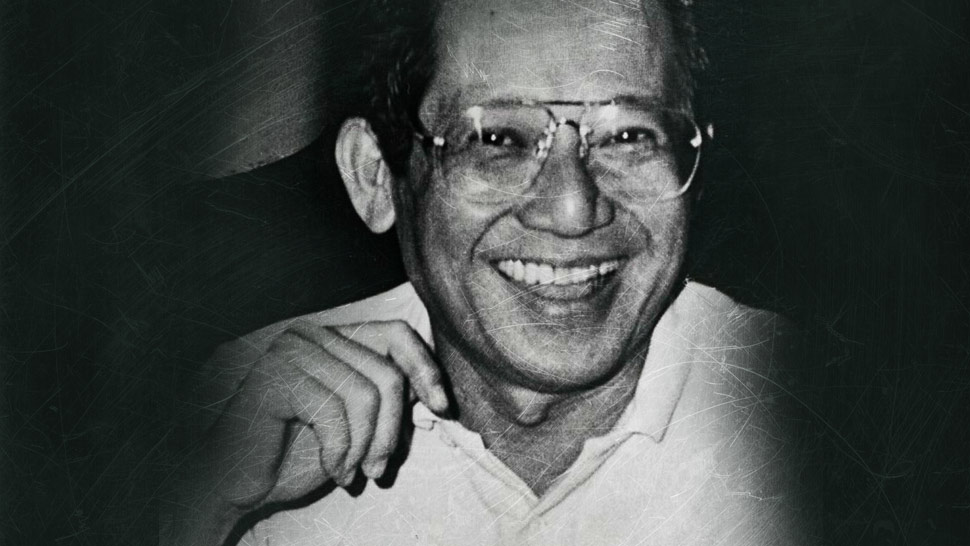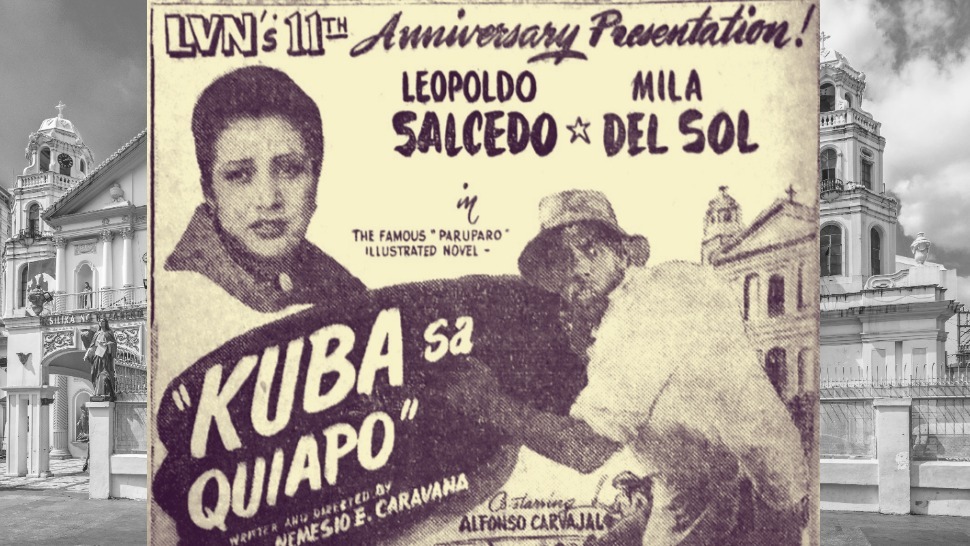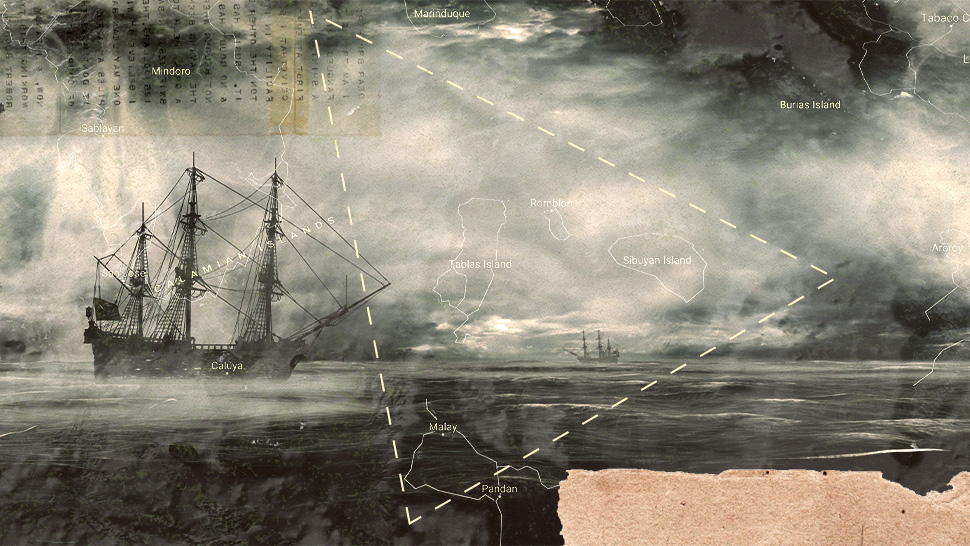The Storming of the US Capitol Reminded Us of Something. It Was Called EDSA III
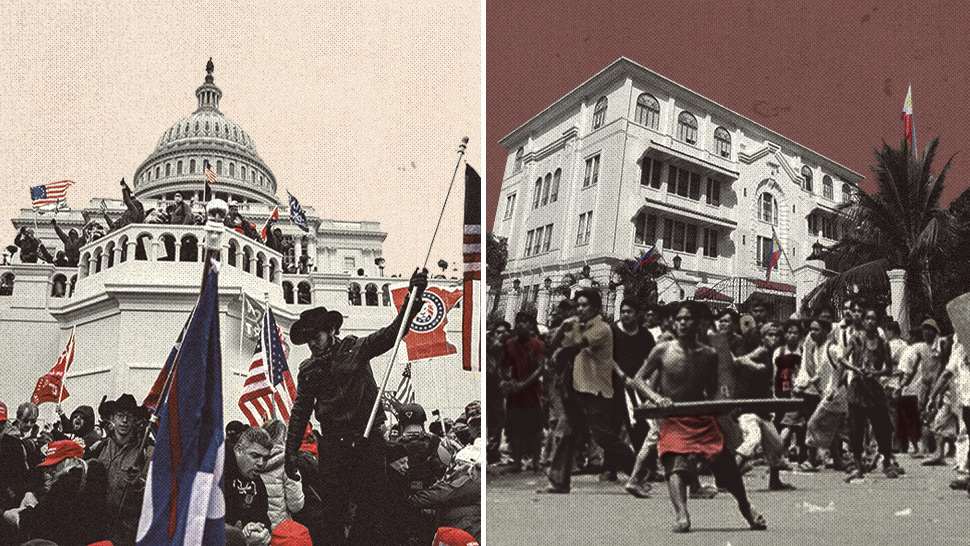
American news media had a field day last Wednesday (January 6) when demonstrators loyal to President Donald Trump descended on Capitol Hill in Washington DC. The end goal was to disrupt the certification of electoral college votes for President-elect Joe Biden, which was happening at that moment inside the US Capitol. Many of the major news outlets remarked that it was a display of violence and carnage they would normally associate with developing countries with fragile or unstable governments and leadership, not a First World, supposed bastion of democracy like the US.
In many respects they were right. Because the images of violent protesters laying siege to a government institution drew parallels to events here at home. It happened 20 years ago, and it was dubbed EDSA III, or the Malacañang siege.
What was EDSA III
In January 2001, a repeat of the so-called EDSA People Power Revolution deposed President Joseph Estrada and installed Vice President Gloria Macapagal Arroyo as President. A few months later, on April 25, Estrada was arrested for plunder. Despite evidence of his alleged misdeeds, the actor-turned-politician still enjoyed considerable support from his populist base and many of them turned up outside his house in San Juan to prevent the police from serving the arrest warrant.
“A skirmish ensued between (the Estrada supporters) and the police,” an account written in a Supreme Court decision said. “The police had to employ batons and water hoses to control the rock-throwing pro-Estrada rallyists and allow the sheriffs to serve the warrant. Mr. Estrada and his son and co-accused, Mayor Jinggoy Estrada, were then brought to Camp Crame where, with full media coverage, their fingerprints were obtained and their mug shots taken.”
The arrest sparked wide protests, which led to thousands more of Estrada’s supporters to gather at the EDSA Shrine in Ortigas. Many of these protesters were members of two religious groups: Bro Mike Velarde’s El Shaddai, and Eraño Manalo’s Iglesia ni Cristo. Opposition leaders that were on Estrada’s side also joined the demonstrations and spoke before the crowds, including Senators Juan Ponce-Enrile, Miriam Defensor-Santiago, Gregorio Honasan, and Panfilo Lacson.
A growing crowd
While government forces expected the protest to fizzle out, it did not. By April 30, the EDSA crowds swelled to tens of thousands (some estimates claim it was even hundreds of thousands). They were egged on by Estrada’s loyalists, including Santiago, who reportedly yelled into a microphone, "Tapusin na! Tapusin na! Tapusin na! (Finish it! Finish it! Finish it!), to which the crowd shouted back, "Lusob! Lusob! Lusob! (Attack. Attack. Attack)!" It was not clear however, what exactly they were referring to.
Even Estrada’s former Executive Secretary Edgardo Angara told the crowd that the Arroyo administration would be toppled “in the next 24 to 72 hours.”
In the early hours of May 1, the huge EDSA III crowd started to move to Malacañang. On the way they reportedly “torched vehicles and vandalized and looted homes and shops.” In journalist Glenda Gloria’s account of the events (first published in Newbreak and republished on Rappler), according to the government, the Estrada loyalists intended to force their way inside Malacañang, “with the help of armed men composed mostly of civilians and members of the Guardian brotherhood loyal to Honasan.”
The protesters were able to get past the “weak” barricades set up around Mendiola and eventually make it to Gate 7 of Malacañang. There the combined forces of the Philippine National Police and the Armed Forces of the Philippines used warning shots, tear gas, and water cannons to hold back the angry mob, many of whom used rocks and stones to throw at the authorities.
At least three people were killed in the melee—two police officers and one protester—and over 130 were injured. But in the end, the mob was unable to breach security forces that defended the Palace.
The difference between Trump and Erap
That the protesters did not make it inside the country’s seat of power is one difference from the US Capitol riots. Another is that the person the demonstrators look up to, the leader whose word carried the most weight for them—Trump for the Americans, Estrada for the Filipinos—had very different responses to the display of violence. While Trump is said to have incited his followers, summoning them to a “wild” protest in the nation’s capital, Estrada had urged his supporters to stay calm.
"I am trying to dissuade them,” he said. “I want to fight off these charges in a peaceful way."
Estrada did say the government was ultimately responsible for what transpired that day.
“The blood of these victims is now on the hands of those in power," Estrada said. "They shall be accountable to our people and to the coming generations of Filipinos for this shameful and irresponsible act.”
President Arroyo declared a state of rebellion later that same day, paving the way for the arrests of people who were said to be behind the failed power grab. The state of rebellion was lifted a few days later, on May 7.
Of course, this isn’t the only time that throngs of angry protesters gained entry into the country’s seat of power. Just after the first EDSA People Power, when Ferdinand Marcos and his family fled to the US, ordinary citizens flocked to Malacañang, breaking into the lavish rooms, looting the offices, and destroying delicate furniture.
But that’s another story.
Watch scenes of EDSA Tres here:


